How much does it cost to start a fish farm?
Starting a fish farm seems complex and expensive, leaving you wondering if it's a viable business. You're worried about the high initial investment and the risk of not seeing a return, making the dream of a profitable aquaculture business feel out of reach.
The cost to start a fish farm can range from a few thousand dollars for a small-scale pond to hundreds of thousands for a commercial operation. Key factors include land, pond construction, equipment like durable tanks, fish species, and feed. Careful planning is essential to manage these initial expenses effectively.
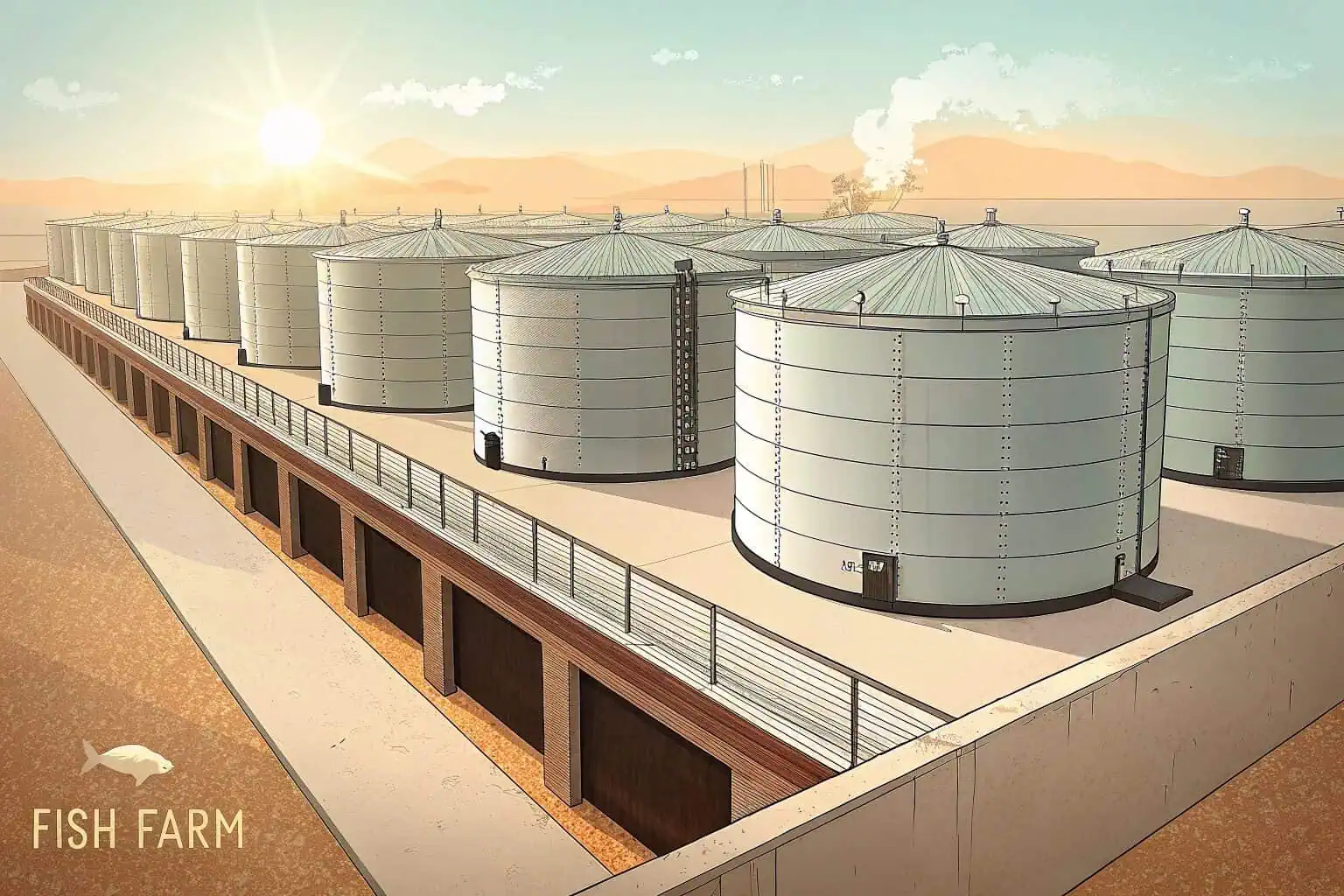
As someone who has spent years in the aquaculture industry, I've seen many people hesitate at the first hurdle: the cost. It's a valid concern, but it's also a question with a very flexible answer. The path you take depends entirely on your goals. In this article, I'll walk you through the real costs and potential profits, drawing from my own experiences to help you see how a well-planned fish farm can become a thriving business.
Is owning a fish farm profitable?
Thinking about investing in a fish farm but scared you'll lose money? The fear of high operating costs and unpredictable market prices can make anyone second-guess whether this venture can actually turn a profit.
Yes, owning a fish farm can be highly profitable. With the global demand for seafood on the rise, a well-managed farm that controls costs and chooses the right fish species can achieve significant returns. Success hinges on efficiency, market knowledge, and solid operational practices.
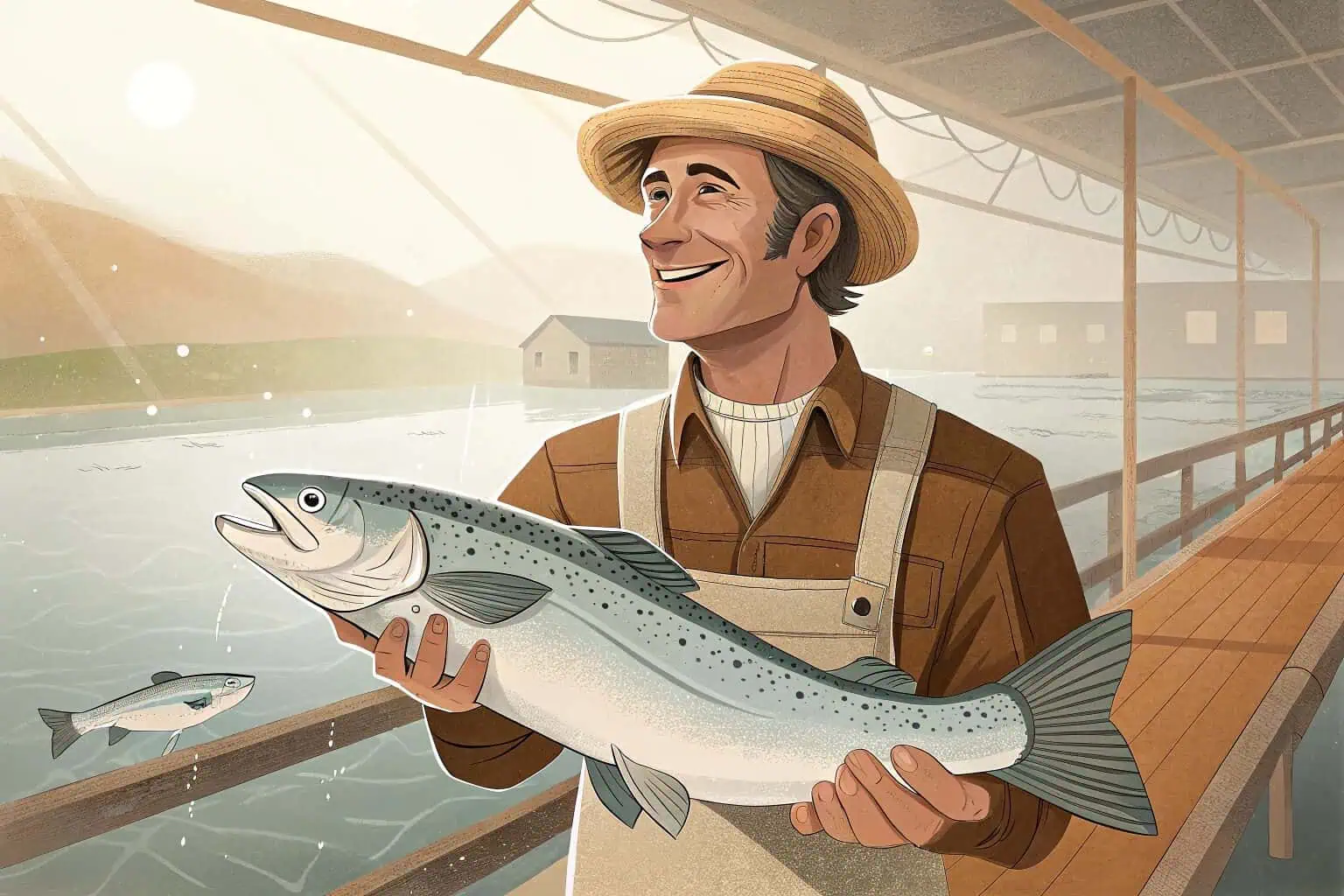
I get excited when I think about the profitability because the market is definitely there. But I also know that excitement doesn't pay the bills. Profitability is a result of smart decisions, not just hard work. It's about balancing the books, from the cost of fingerlings1 to the price you get at market. Let's break down what truly drives profit in this business.
Understanding the Financials
From my perspective, your profit margin is determined by two things: your revenue and your expenses. Revenue is straightforward—it's the money you make from selling your fish. But the expense side is where many new farmers get into trouble. Your main costs will be feed, which can account for over 50% of your operating budget, followed by labor, energy for pumps and aeration, and equipment maintenance. This is where choosing durable, high-quality equipment, like the galvanized steel tanks2 we use from Bancy, really pays off in the long run by reducing replacement and repair costs. You also have to factor in potential losses from disease, which requires careful management.
Key Factors for Success
To be profitable, you need to focus on efficiency. This means maximizing your fish growth rate3 while minimizing feed waste. It also means having a solid business plan. Who are you selling to? Local restaurants, wholesalers, or direct to consumers at a farmers' market? Each channel has different pricing and logistics. I've learned that building relationships with buyers is just as important as raising healthy fish. A consistent, reliable supply of quality fish will keep customers coming back and allow you to command a better price.
A Look at the Numbers
To give you a clearer picture, let's compare a small-scale operation with a commercial one. The numbers can vary greatly based on location and management, but this should provide a general idea.
| Feature | Small-Scale Farm (e.g., 1-2 Ponds) | Commercial Farm (e.g., 10+ Ponds/Tanks) |
|---|---|---|
| Initial Investment4 | $5,000 - $20,000 | $100,000 - $500,000+ |
| Annual Operating Costs | $3,000 - $10,000 | $80,000 - $300,000+ |
| Potential Annual Revenue5 | $10,000 - $40,000 | $200,000 - $1,000,000+ |
| Key to Profit | Direct sales, low overhead | Economies of scale, process optimization |
What is the most profitable fish to farm?
Choosing the right fish to farm feels like a gamble. You're worried that if you pick the wrong species, you'll end up with high costs and low market demand, ultimately sinking your investment before you even start.
The most profitable fish to farm often include high-value species like Salmon and Trout, or high-demand, fast-growing species like Tilapia and Catfish. The best choice depends on your climate, market, and operational capacity. Researching local demand is crucial for maximizing profitability.
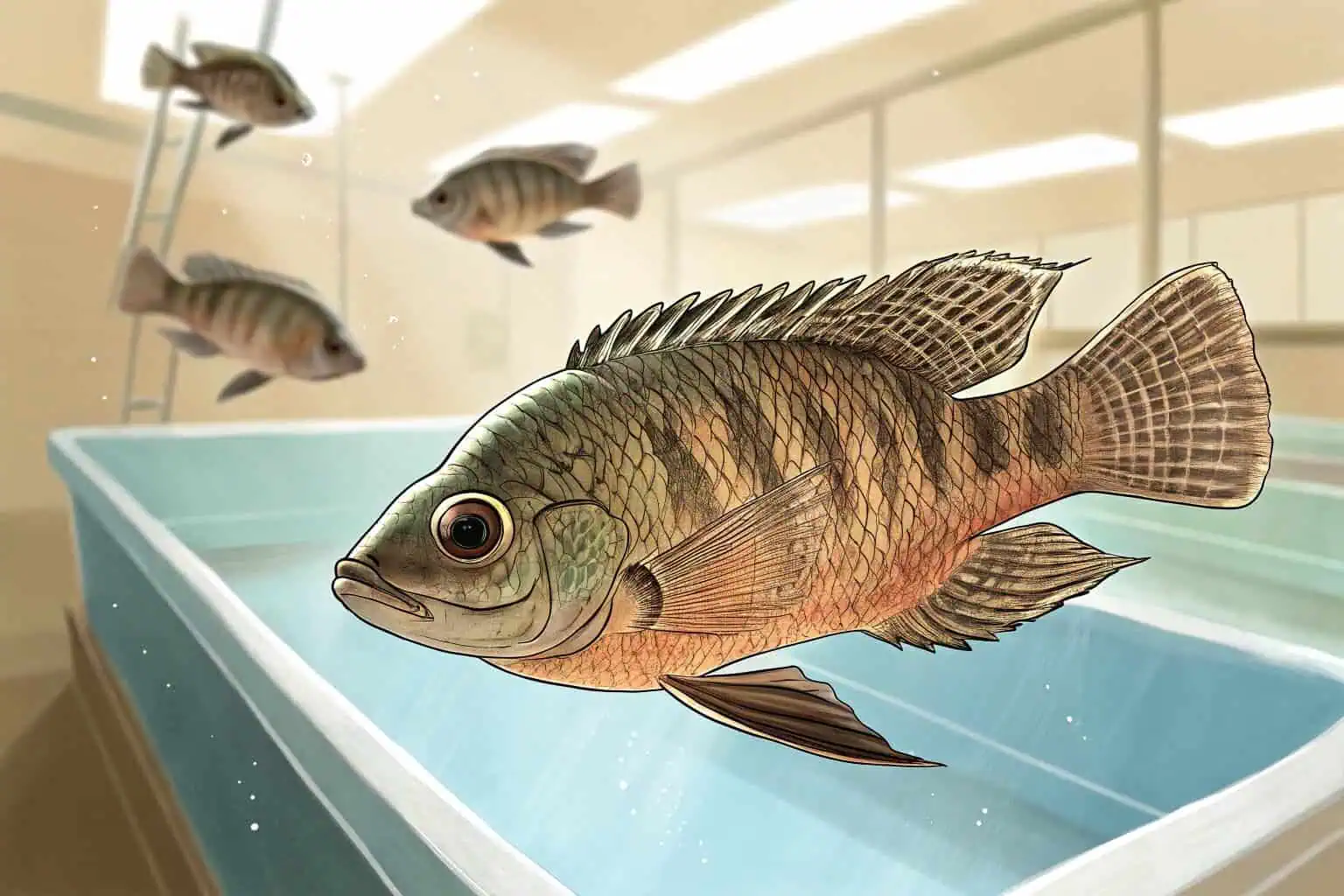
I've seen farmers succeed with all sorts of fish, and I've seen others fail with what should have been a sure thing. The secret isn't just picking a fish with a high market price6. It's about finding the species that fits your specific situation—your climate, your budget, and your target market. Let's dive into some of the most popular choices to see which might be right for you.
High-Value vs. High-Volume
Your strategy will generally fall into one of two camps: high-value or high-volume. High-value fish like salmon or barramundi command premium prices but often require more specific, controlled environments (and higher start-up costs). For example, salmon need cold, clean water, which can be expensive to maintain. On the other hand, high-volume fish7 like tilapia or catfish are incredibly hardy, grow quickly, and have a broad market. You won't get as much per pound, but you can produce a lot of them, and your operating costs will generally be lower. My first successful venture was with tilapia for this very reason—they are forgiving for beginners.
Matching Fish to Your Farm
Your location is a huge factor. Trying to raise cold-water fish in a warm climate is a recipe for disaster unless you have a big budget for cooling systems. It's much smarter to work with your natural environment. That's why catfish are so popular in the southern U.S., and trout are common in cooler, northern regions. You also need to consider the type of system you plan to run. Some fish do well in ponds, while others are better suited for tank systems, like the collapsible or galvanized tanks8 Bancy offers, which allow for better control over water quality.
Comparing Profitable Species
Here’s a quick comparison to help you weigh your options. Keep in mind that market prices can fluctuate.
| Fish Species9 | Market Price | Growth Rate | Feed Cost | Farming Difficulty10 |
|---|---|---|---|---|
| Tilapia | Low-Medium | Fast | Low | Easy |
| Catfish | Medium | Fast | Low-Medium | Easy |
| Trout | High | Medium | Medium | Medium |
| Salmon | Very High | Slow | High | Hard |
| Barramundi | High | Fast | Medium | Medium-Hard |
How much money does a fish farmer make?
Wondering if you can make a real living from fish farming? It's easy to see the costs pile up, but the potential income feels vague and uncertain, making you question if it's a sustainable career path.
A fish farmer's income varies widely, from a modest supplemental income of a few thousand dollars a year for small hobby farms to over six figures for large, efficient commercial operations. Profitability is directly tied to scale, management efficiency, and market access.
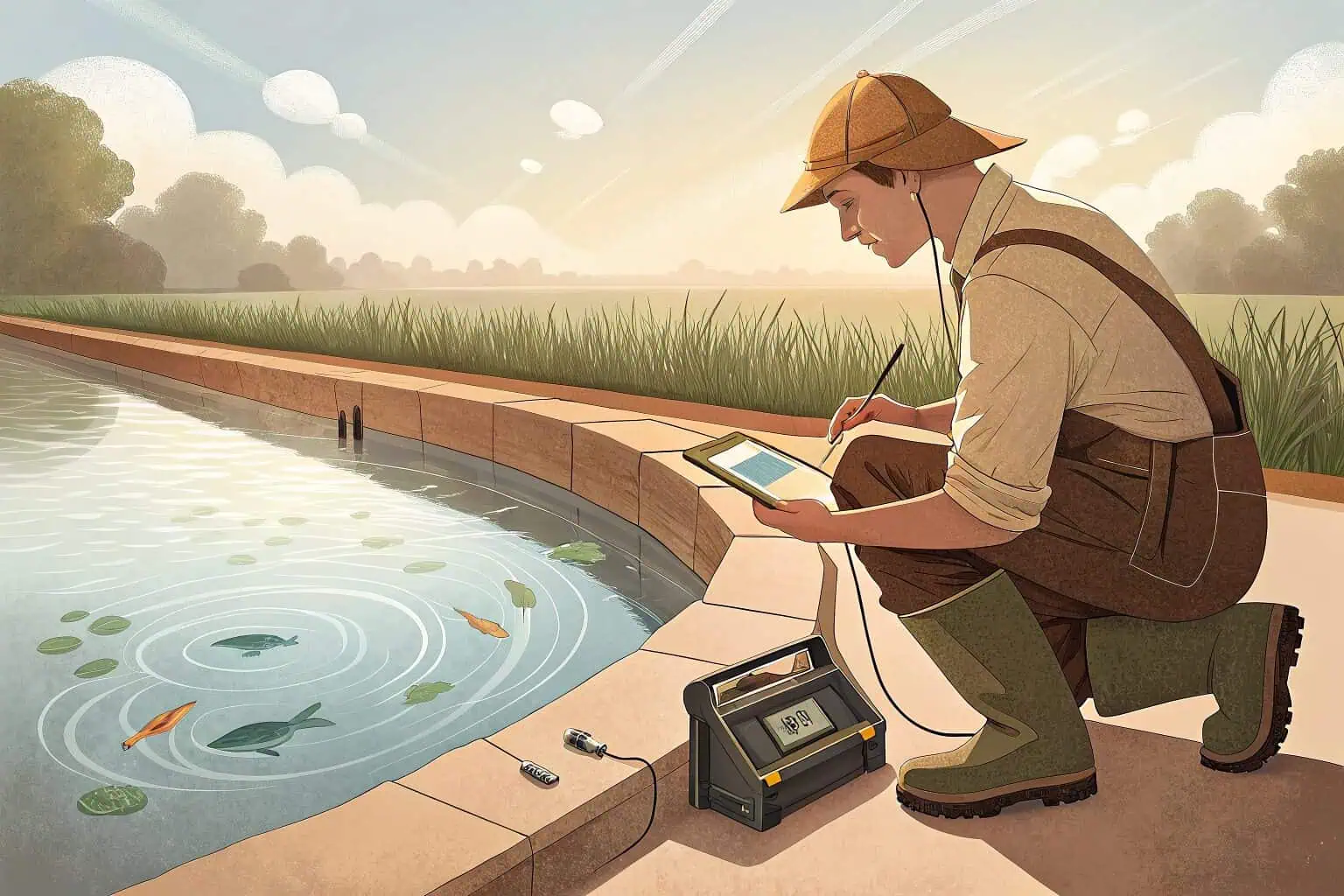
I've met farmers who are barely scraping by and others who have built multi-million dollar businesses. The difference almost always comes down to business acumen. Raising fish is only half the job. The other half is running a business11. Your income is not guaranteed; it's earned through smart planning, hard work, and a little bit of luck with the market.
The Spectrum of Earnings
At the small end of the scale, you have hobby farmers or those using fish farming to supplement another income. They might have a pond or two and sell their fish locally. Their annual net income12 might be anywhere from $5,000 to $30,000. It's a great way to make extra money but might not be enough to live on. On the other end, commercial farm managers or owners can earn well over $100,000 per year. These operations are large, efficient, and have established contracts with distributors and retailers. They treat it like the serious business it is.
What Determines Your Paycheck?
Several factors will determine your take-home pay. The most obvious is the scale of your operation. More water and more fish generally mean more potential revenue. Efficiency is another huge one. If you can keep your fish mortality low and your feed conversion ratio optimal, more of that revenue turns into profit. Finally, your market plays a big role. Selling directly to consumers or high-end restaurants will fetch a higher price than selling to a large processor. I learned early on that cutting out the middleman13 can significantly boost your income.
Income Potential by Farm Size
This table illustrates how income can scale with the size of the farm. These are rough estimates, but they show the potential.
| Farm Size | Primary Market | Potential Annual Net Income14 | Key Success Factor15 |
|---|---|---|---|
| Small (1-2 Ponds) | Local, Direct-to-Consumer | $5,000 - $30,000 | Strong Community Ties |
| Medium (3-10 Ponds) | Restaurants, Regional Wholesalers | $40,000 - $90,000 | Consistent Quality & Supply |
| Large (10+ Ponds/Tanks) | National Distributors, Processors | $100,000+ | Operational Efficiency |
How much does it cost to stock a 1 acre pond?
Ready to start small with a one-acre pond but unsure of the cost? The price of fingerlings and feed can seem daunting, and you might be worried about hidden costs that could derail your budget before you even get started.
The cost to stock a 1-acre pond typically ranges from $2,000 to $5,000, depending on the fish species, fingerling size, and stocking density. This initial cost primarily covers the fingerlings and the feed required to grow them to a marketable size.
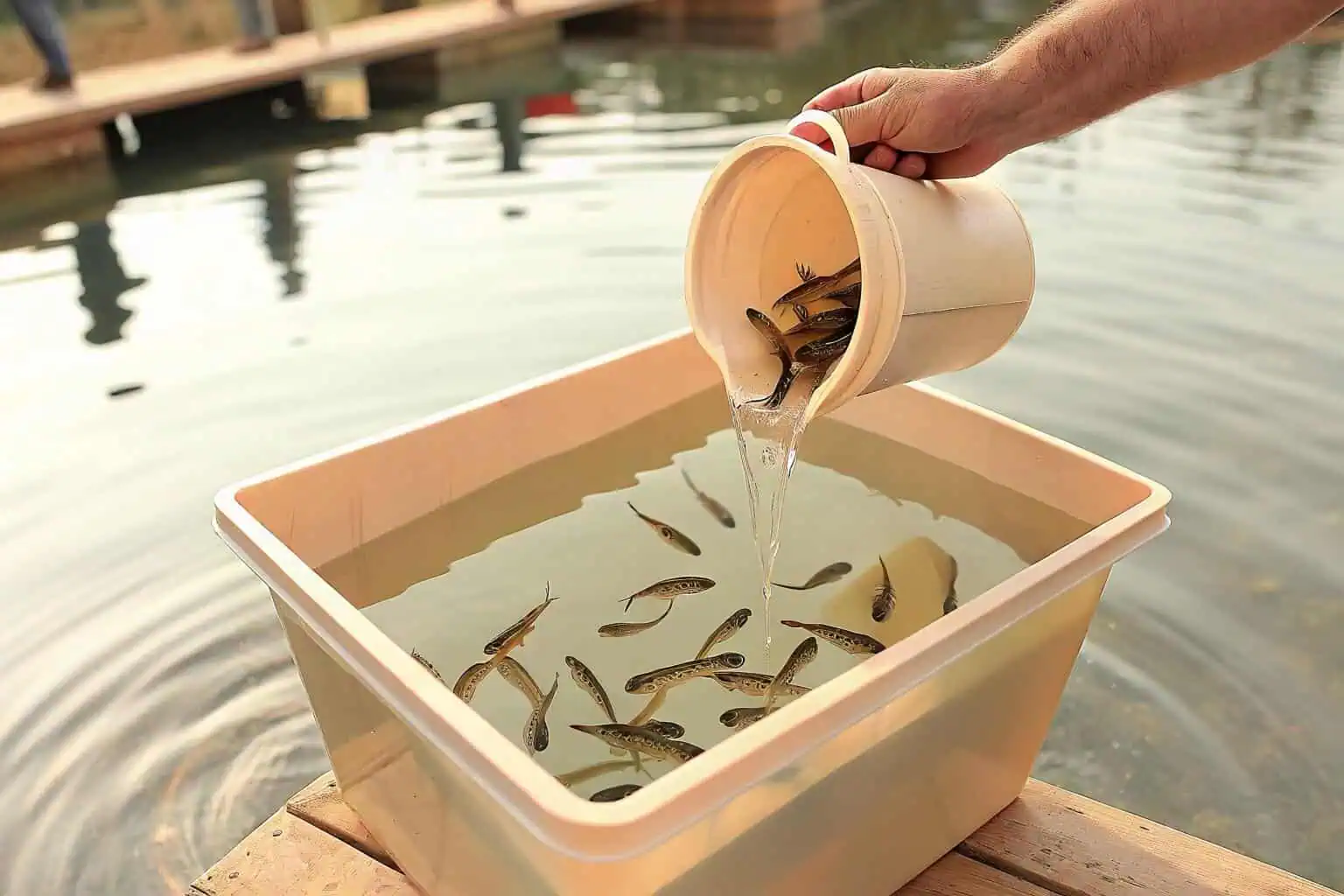
Stocking my first one-acre pond was a major milestone for me. It felt like I was finally in the game. The cost is manageable, but you have to plan it right. It's not just about buying the fish; it's about setting them up for success16 with the right environment and nutrition. Let's break down the typical expenses you can expect.
The Cost of Fingerlings
Fingerlings, or juvenile fish, will be your first major expense. The price varies significantly by species and size. For example, you can expect to stock around 1,000-1,500 catfish or tilapia per acre. If fingerlings cost between $0.50 to $1.50 each, you're looking at an initial fish cost of $500 to $2,250. More expensive species like trout or hybrid striped bass will be on the higher end of that range, or even exceed it. I always advise new farmers to buy from a reputable hatchery17 to ensure you're getting healthy, disease-free stock. It might cost a little more upfront, but it saves you a fortune in the long run.
The Feed Bill
Feed will be your largest ongoing expense for that pond. To get your fish to a marketable size (usually around 1-1.5 pounds), you'll need a significant amount of feed. A general rule of thumb is a feed conversion ratio18 of about 2:1, meaning it takes two pounds of feed to produce one pound of fish. If you're aiming for 1,500 pounds of fish, that's 3,000 pounds of feed. At an average cost of $0.50 per pound, that's $1,500 for feed. This is why managing feed and not overfeeding is critical to your budget.
Other Potential Costs
Beyond fish and feed, you need to consider a few other things. You may need to invest in an aeration system ($500 - $2,000) to keep oxygen levels stable, especially at higher stocking densities. Water quality test kits are also essential and can cost around $100. Finally, don't forget about permits or licenses that may be required in your area. While these might seem like small details, they are crucial for a healthy pond and a successful harvest.
| Expense Item | Estimated Cost for 1-Acre Pond | Notes |
|---|---|---|
| Fingerlings (e.g., Catfish)19 | $500 - $2,250 | Depends on species and density |
| Feed | $1,500 - $2,500 | Largest recurring cost |
| Aeration System20 | $500 - $2,000 | Recommended for higher yields |
| Water Quality Kits | $100 - $200 | Essential for monitoring |
| Total Estimated Cost | $2,600 - $7,000 | Initial stocking and grow-out |
Conclusion
Starting a fish farm is a significant undertaking, but with careful planning and smart choices, it can be a very rewarding and profitable business. Success depends on managing costs and understanding the market.
-
Exploring this link will provide insights on managing costs effectively to maximize profits in aquaculture. ↩
-
Exploring the advantages of galvanized steel tanks can help farmers make informed decisions about durable equipment. ↩
-
Understanding the factors influencing fish growth can help optimize your aquaculture practices for better profitability. ↩
-
Understanding the initial investment can help you plan your budget effectively for starting a farm. ↩
-
Exploring potential revenue can provide insights into the profitability and viability of running a commercial farm. ↩
-
Discover which fish species yield the best profits in aquaculture, helping you make informed decisions for your farming. ↩
-
This resource will help you understand the benefits and strategies for successful high-volume fish farming. ↩
-
Discover the advantages of these tanks for maintaining water quality and supporting fish health. ↩
-
Exploring this link will provide insights into various fish species and their benefits for farming. ↩
-
Understanding farming difficulty can help you choose the right species based on your experience and resources. ↩
-
Exploring effective business strategies can help farmers maximize their profits and ensure sustainability. ↩
-
This resource will provide insights into the financial aspects of fish farming, helping you gauge potential earnings in this industry. ↩
-
Exploring this concept can reveal strategies to increase your income by optimizing sales channels and reducing costs. ↩
-
Understanding these factors can help you maximize your earnings in aquaculture. ↩
-
Exploring these factors can provide insights into achieving success in the aquaculture industry. ↩
-
This link will guide you on creating the ideal environment and nutrition for your fish, ensuring their growth and health. ↩
-
This resource will guide you in selecting a trustworthy hatchery, crucial for obtaining disease-free fish stock and maximizing your investment. ↩
-
Understanding the feed conversion ratio is essential for optimizing fish farming costs and improving profitability. ↩
-
Explore this link to learn effective strategies for stocking fingerlings, ensuring a healthy and productive pond. ↩
-
Discover the benefits of aeration systems for ponds, enhancing fish growth and water quality. ↩